Succulents can be grafted! One pole grows 5 varieties and becomes an old pile in 2 minutes!
Last Update :2024.12.28
Article Catalog
What do grafted succulents look like?
Succulents are grafted in this way, and 5 varieties emerge from one pot!
After grafting, the survival rate is 100%!
Yaoyao recently visited a friend's house and discovered a strange phenomenon. A pot of succulents in her house had several heads of different types. It was so weird! Later, Yaoyao asked and found out that it turned out to be grafting! Can succulents be grafted? Weird!
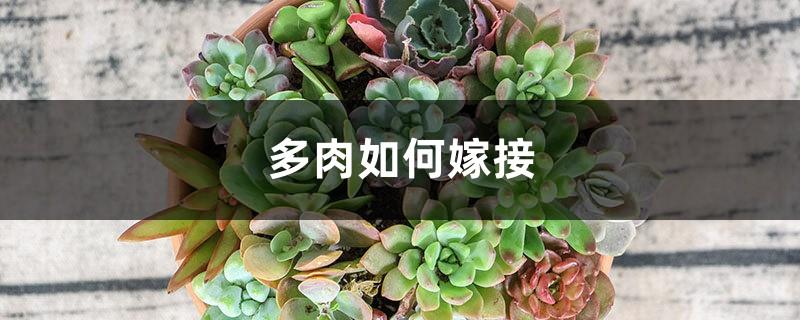 What do grafted succulents look like?
What do grafted succulents look like?
What does the grafted succulent look like?
Don’t you all believe that succulents can be grafted? Yaoyao will first show you some pictures of grafting. You will know at a glance that Yaoyao is definitely not lying!
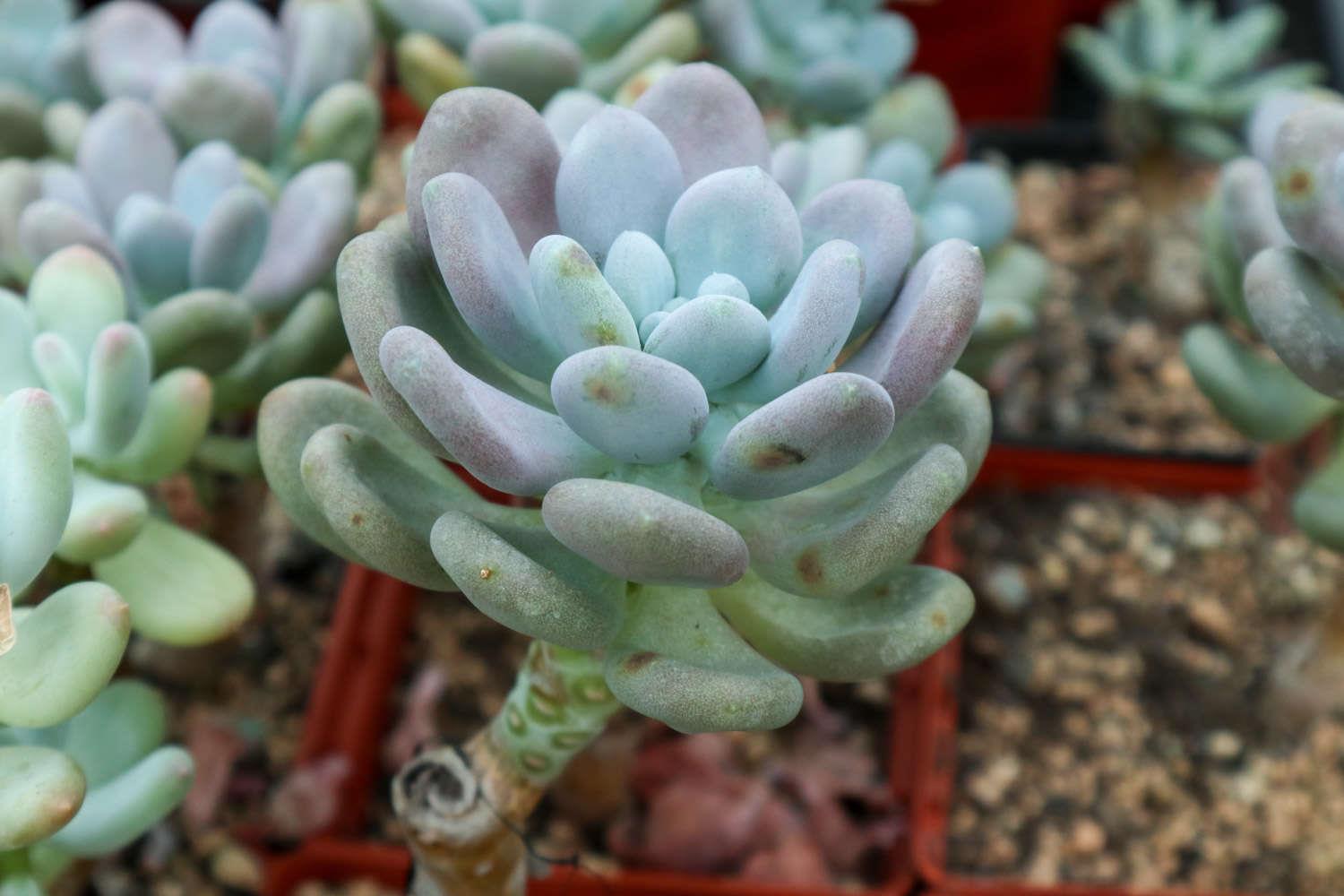
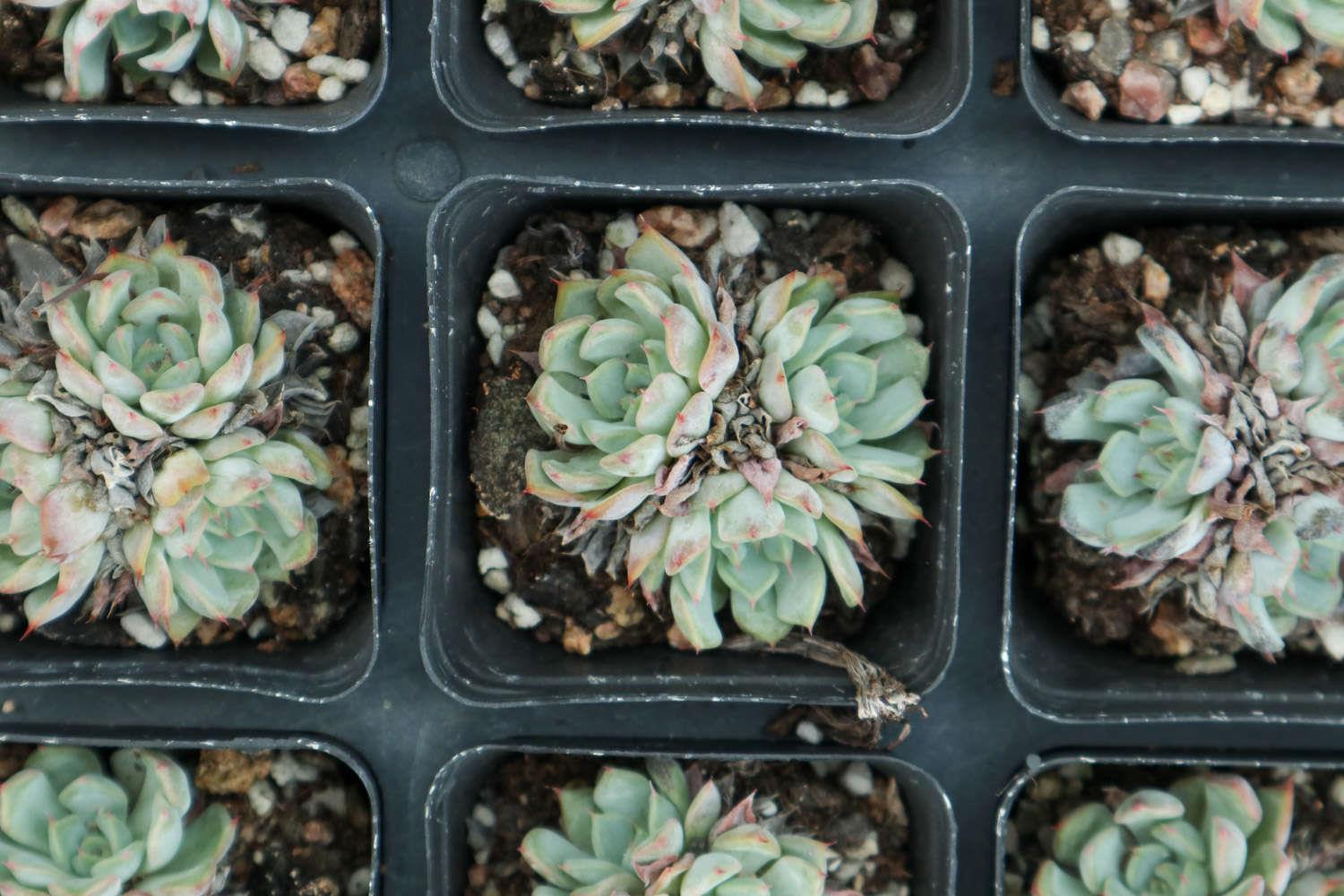
Succulents are so grafted that 5 varieties emerge from one pot!
How to graft succulents? Hurry up and take a look with Yaoyao!
1. First prepare the tools needed for grafting. Any sharp knife or razor blade will do, then prepare plastic wrap to seal.
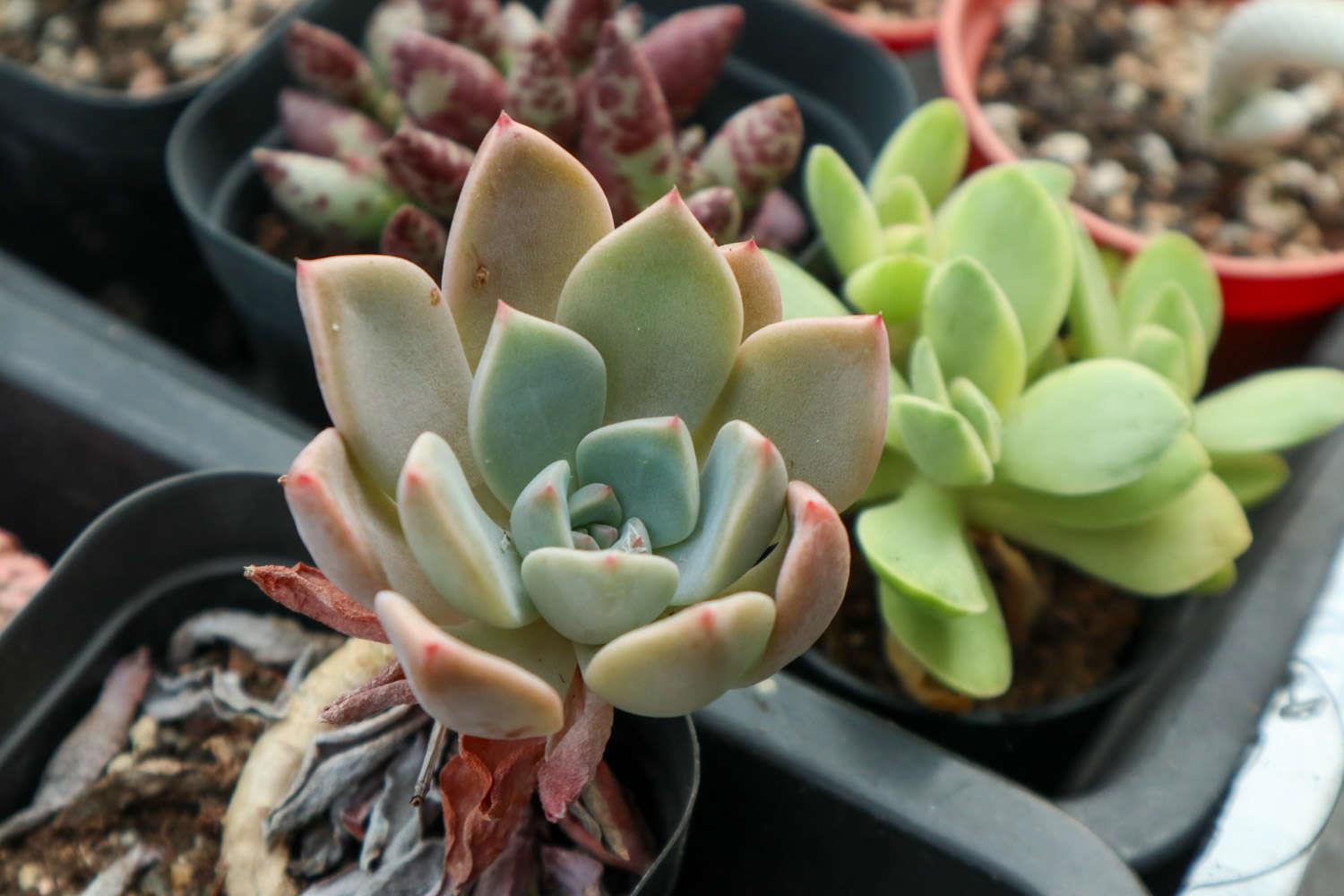
2. Grafting requires the selection of rootstocks. The rootstock requires strong stems, healthy plants, and no pests or diseases. (Today I am using Tia, you can also choose other varieties)
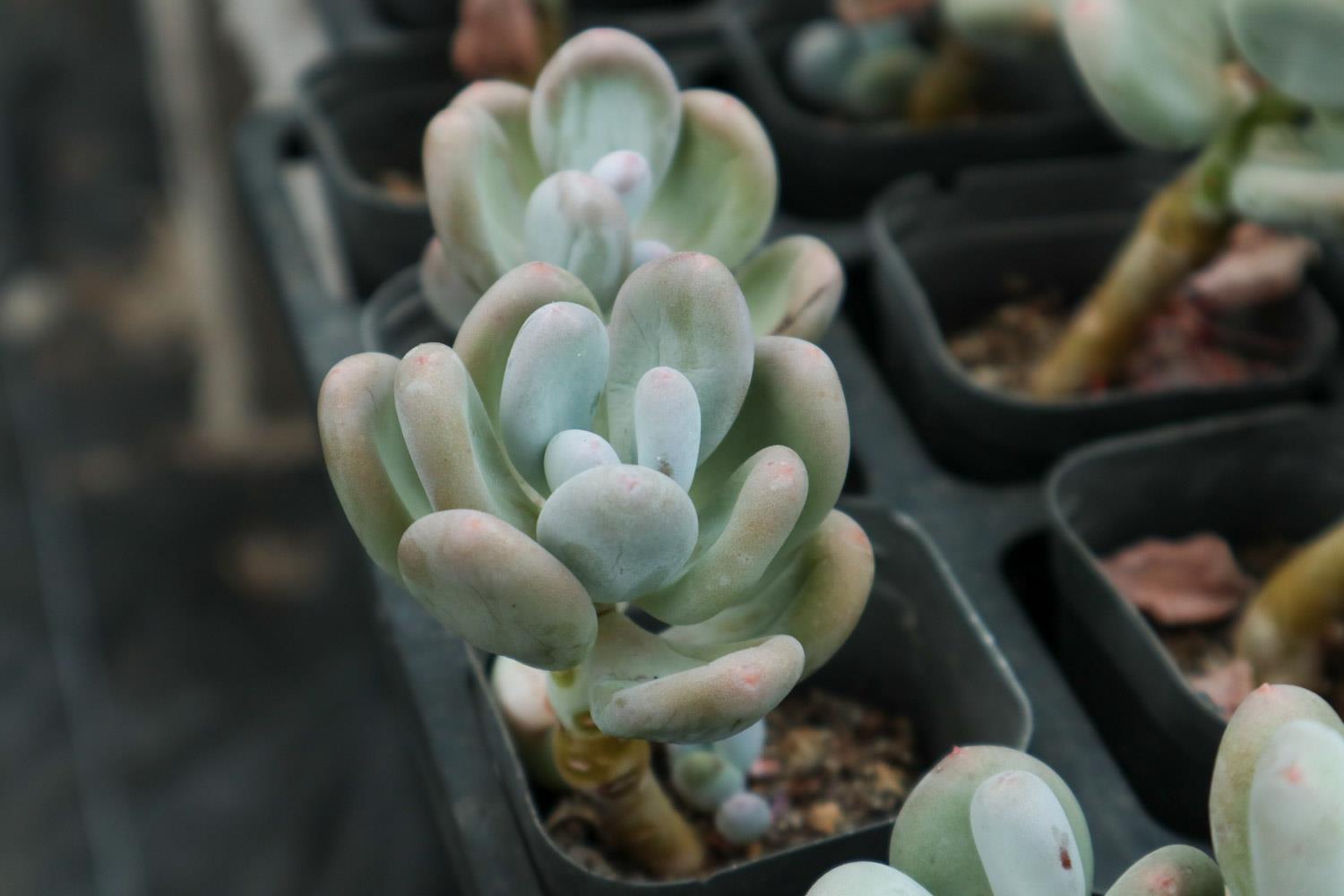
3. Use a razor blade to cut off one head of Dia, making sure the cut surface is flat, and then place it in a cool and ventilated place to allow the wound to dry.
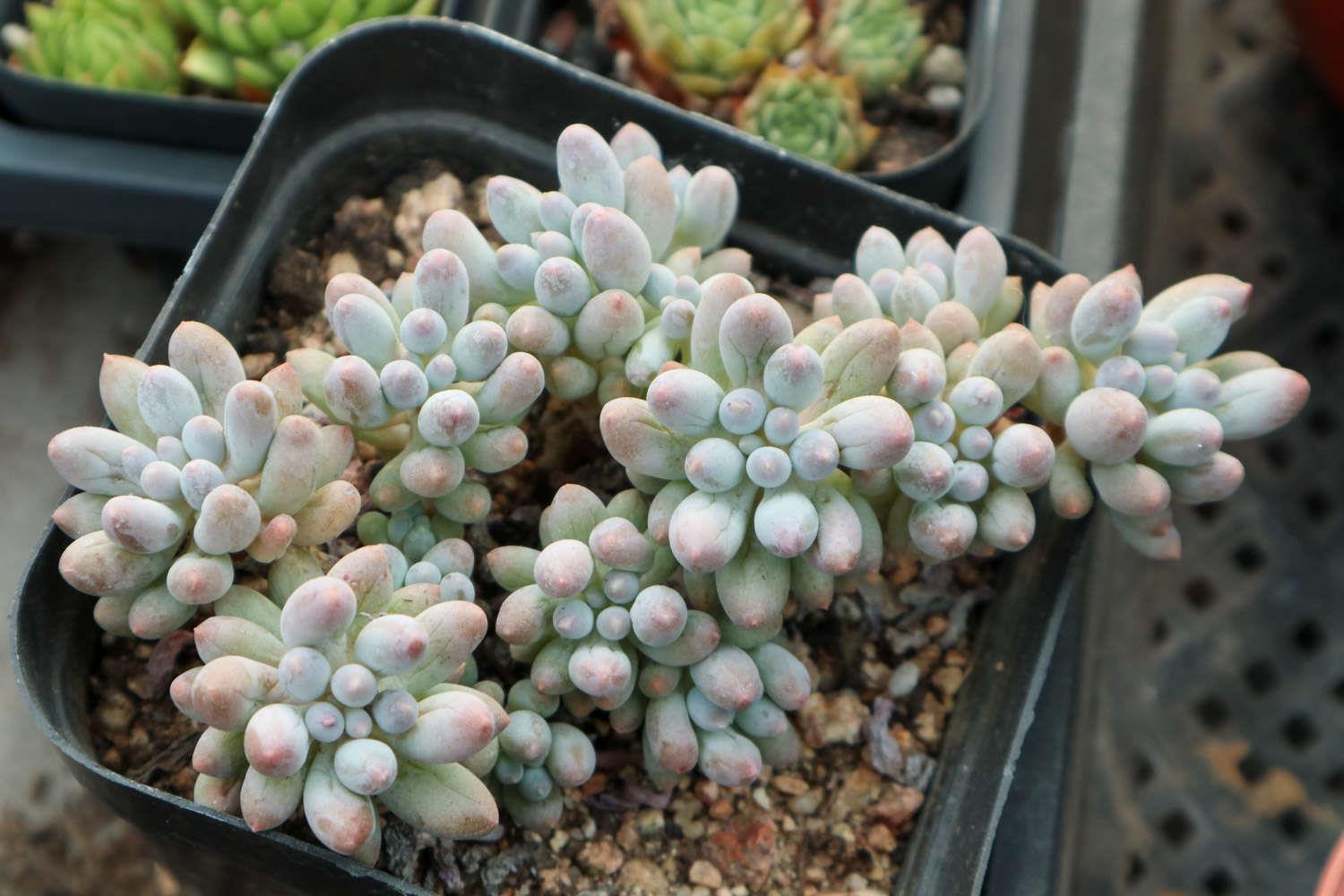
4. Prepare the required scions. The scion cannot be chosen at will. It is best to choose a succulent plant from the same family as the rootstock. For example, if the rootstock is Crassulaceae, then the scion should also be selected from the Crassulaceae family. Use a knife to decapitate the flesh, then dry the wound for later use.

5. Succulent top connection
Yaoyao first introduces the top connection method. First, cut the lower end of the scion into a bevel shape, and then use a knife to make a small vertical cut in the stock.


Insert the lower end of the scion into the rootstock. Note that the rootstock and scion must fit tightly so that they can grow together better.

Finally, tie up the interface with plastic wrap and put Let it rest for a while in a cool and ventilated place, and it will basically be alive soon.

6. Succulent side connection
If you are worried that the grafting above will not survive, you can also try side grafting. There is no need to behead the side-joined rootstock, just make a diagonal cut on the branch with a knife and make an open wound.

Then insert the trimmed scions and use fresh Just wrap it with film! After grafting, it basically looks like the picture below.

After grafting, the survival rate is 100%!
1. The grafting temperature should be above 15℃
For those who want to try grafting, it is best to ensure that the indoor temperature is above 15℃. If the temperature is too low, it will affect the wound. Healing speed.

2. After grafting, place it in a cool and ventilated place to relax
The newly grafted succulents should be placed in a cool and ventilated place for about a week to allow the wound to heal faster, and then moved to the sun for normal maintenance.

Succulents are grafted in this way, and 5 varieties emerge from one pot!
After grafting, the survival rate is 100%!
- END -
Suitable for outdoor potted plants in all seasons

Suitable outdoor four-season potted plants include plum blossoms, camellias, craba...
The garden is full of spring scenery, and a touch of green comes to the wall

In people's concept, plant walls seem to be more used for company decoration and s...